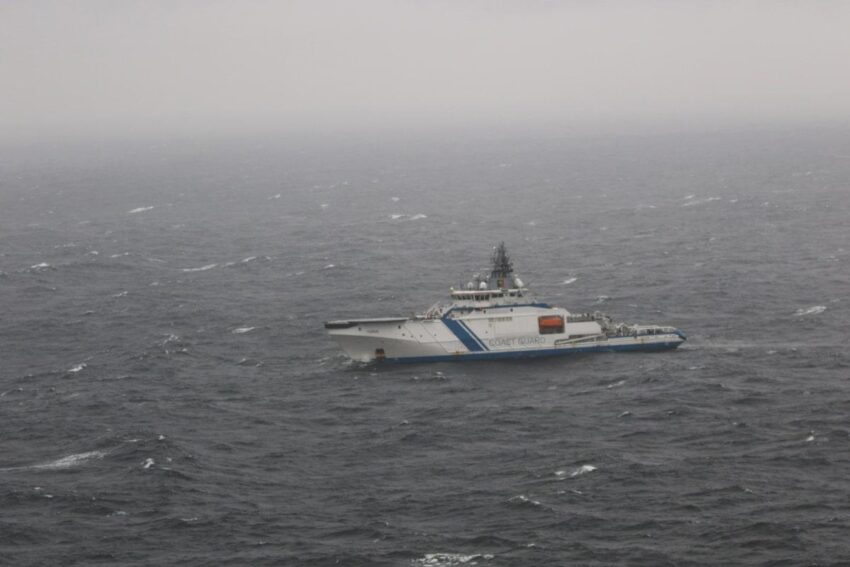Baltic Undersea Power Cable Incident: What You Need to Know
On Wednesday, an undersea power cable linking Finland and Estonia suffered a breakdown, as confirmed by Finland’s Prime Minister Petteri Orpo. This incident adds to a troubling pattern of similar events involving telecom cables and energy pipelines in the Baltic Sea. Arto Pahkin, the head of operations for the Finnish electricity grid, indicated that “the possibility of sabotage cannot be ruled out,” raising concerns about the security of critical infrastructure in the region.
Despite the incident, Prime Minister Orpo assured that the power outage would not impact electricity supplies for Finnish citizens. He emphasized that authorities are maintaining vigilance, even during the holiday season, and are actively investigating the circumstances surrounding the cable failure.
Recent Cable Incidents in the Region
Operator Fingrid reported that the EstLink 2 cable, responsible for transmitting electricity to Estonia, experienced a power cut at 12:26 PM local time (10:26 GMT). This incident follows last month’s severing of two telecom cables in the Baltic Sea that connect Sweden and Denmark. Investigations into these earlier incidents pointed to the Chinese vessel Yi Peng 3, which tracking data indicated passed over the cables shortly before their disconnection.
Adding to the tension, Swedish authorities announced on Monday that China had denied a request from prosecutors to investigate the Yi Peng 3, which had already left the area. This refusal has heightened scrutiny and speculation regarding the safety of undersea infrastructure in the Baltic region.
Suspicions of Sabotage
European officials are increasingly concerned that the series of cable incidents may be acts of sabotage linked to the geopolitical fallout from Russia’s invasion of Ukraine. Early on November 17, the Arelion cable connecting the Swedish island of Gotland to Lithuania was damaged, followed by the C-Lion 1 submarine cable, which connects Helsinki to the German port of Rostock, being cut the next day.
Despite these growing suspicions, the Kremlin has dismissed claims of sabotage as “absurd” and “laughable.” However, the pattern of incidents in the region continues to raise alarms among European nations about the vulnerabilities of their energy and telecommunications infrastructure.
Escalating Tensions in the Baltic Sea
Tensions in the Baltic region have been mounting since Russia’s invasion of Ukraine in February 2022. A significant event occurred in September 2022 when underwater explosions ruptured the Nord Stream pipelines, which were crucial for transporting Russian gas to Europe. The exact cause of these explosions remains unclear, contributing to a climate of uncertainty and fear.
In October 2023, another undersea gas pipeline between Finland and Estonia was shut down after being damaged by the anchor of a Chinese cargo ship, further exacerbating the concerns surrounding maritime security in the area. As these incidents unfold, the need for robust protective measures for critical infrastructure becomes increasingly apparent.







